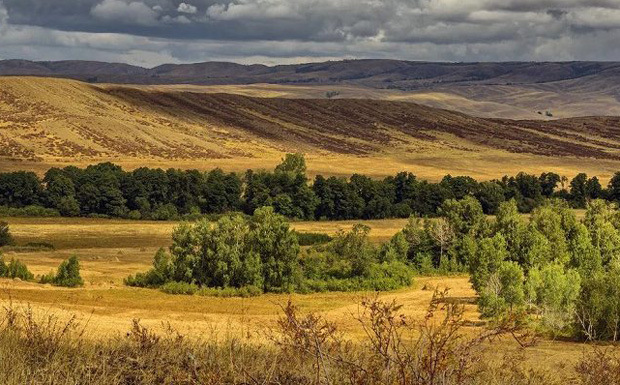Shelterbelt
Shelterbelt. A barrier of trees and shrubs cultivated to protect crops from wind, reduce soil erosion on fields, and maintain higher water levels. Shelterbelts are located in Ukraine primarily in the steppe and forest-steppe regions. They first came into use in 1809, when Vasyl Lomykovsky planted tall trees around the fields of his Poltava gubernia estate. In the 1890s Vasilii Dokuchaev and Yurii Vysotsky undertook ground-breaking research in Ukraine on the use of shelterbelts for drought control. Shelterbelts started coming into common use in Ukraine early in the 20th century and were developed systematically around mid-century as part of a state afforestation program, particularly in 1938–9 and 1948–52. Oak, pine, birch, and poplar trees commonly make up higher-elevation windbreaks; linden trees, maple trees, and apple and pear trees often form the lower shelterbelts.
[This article originally appeared in the Encyclopedia of Ukraine, vol. 4 (1993).]

